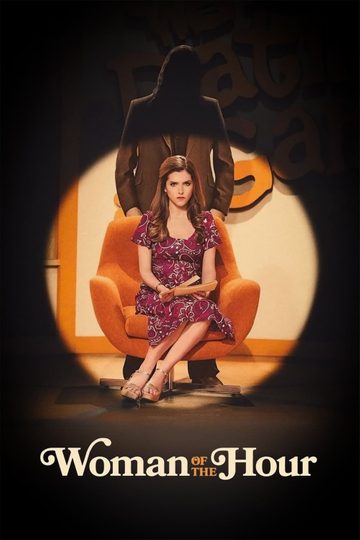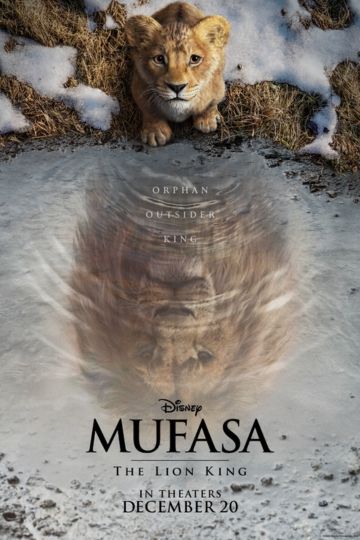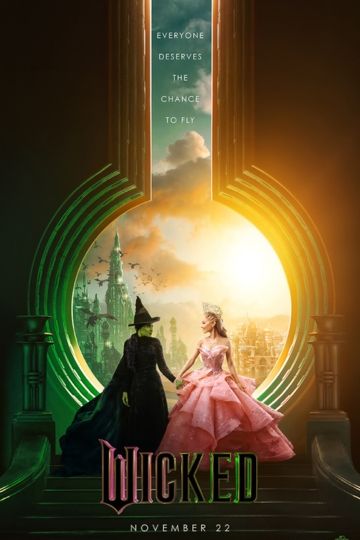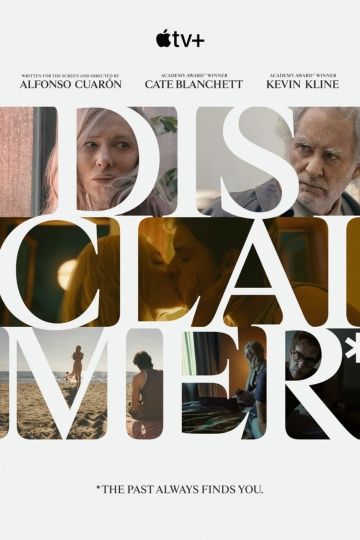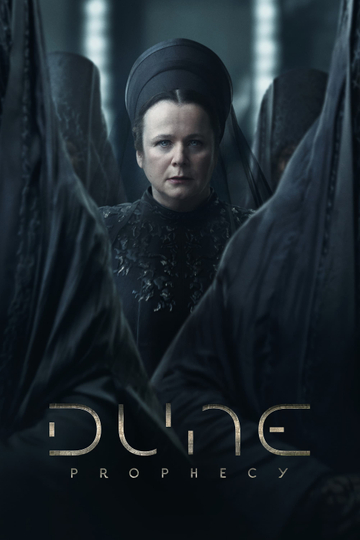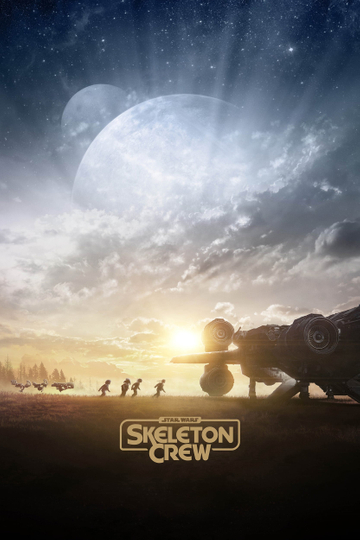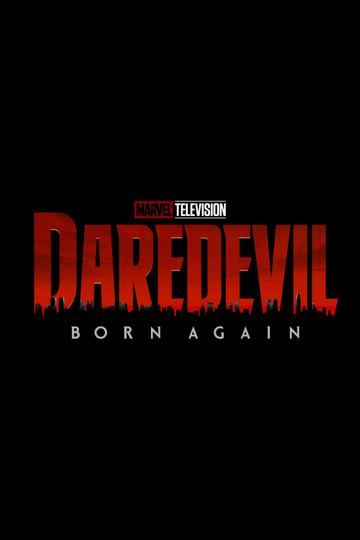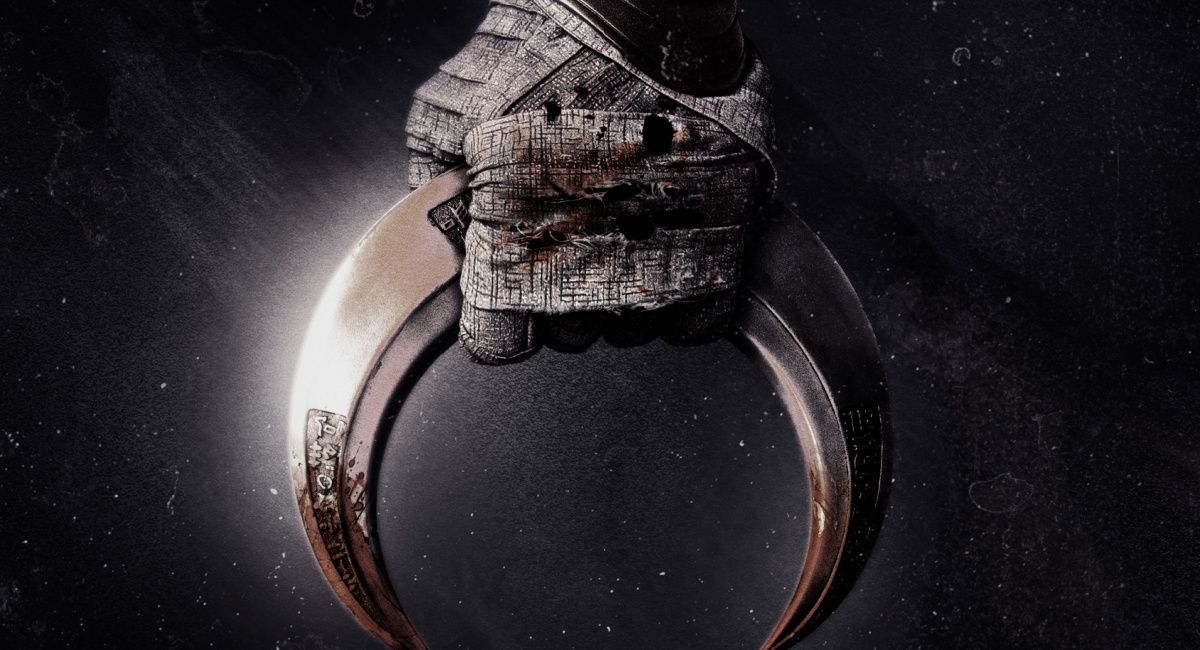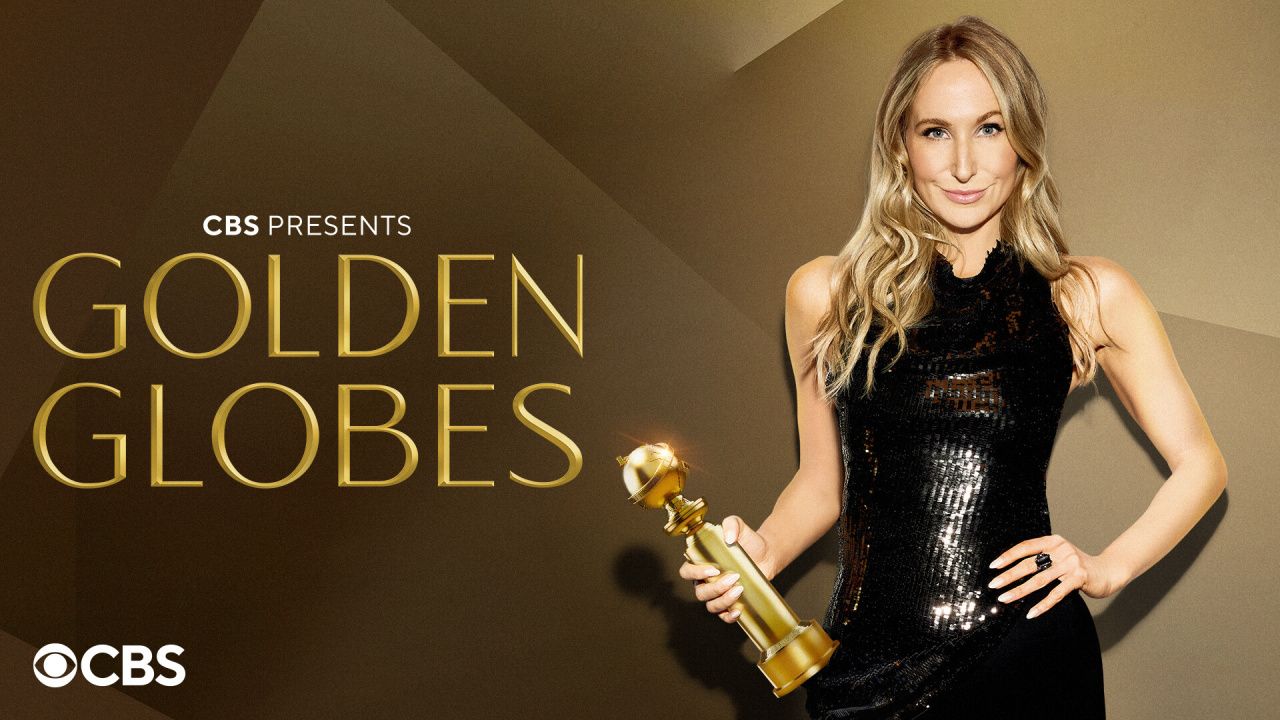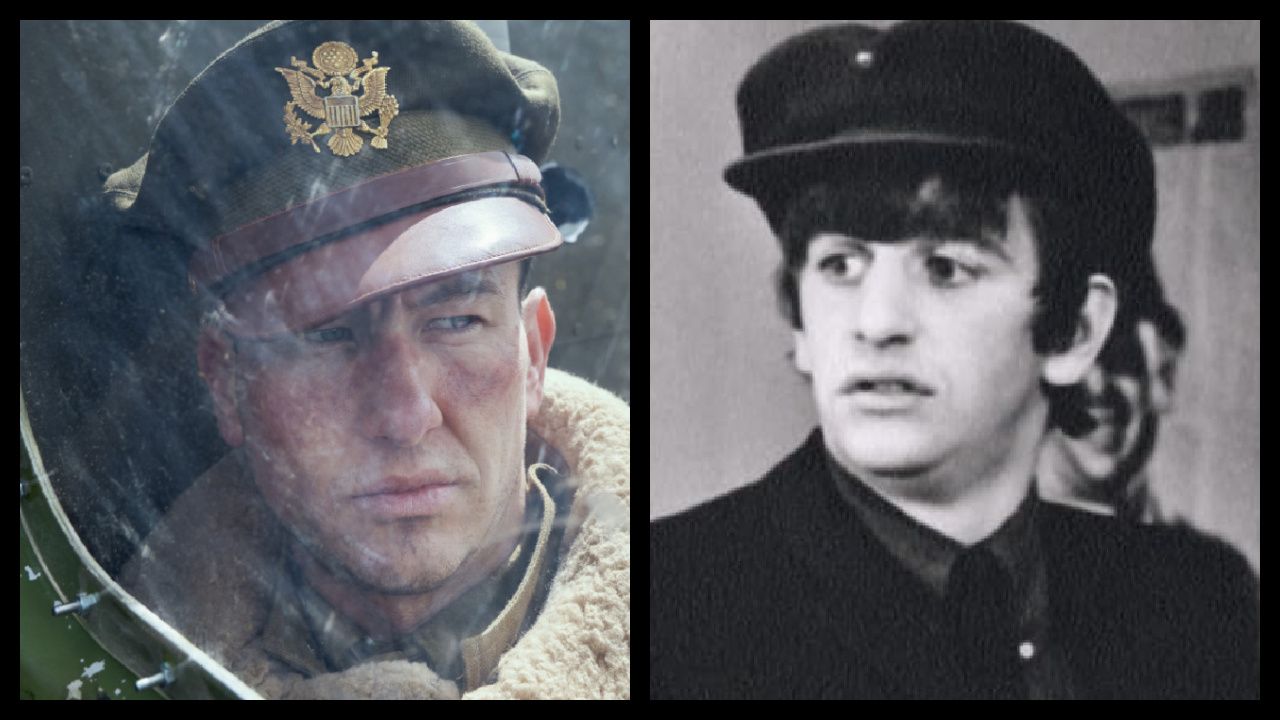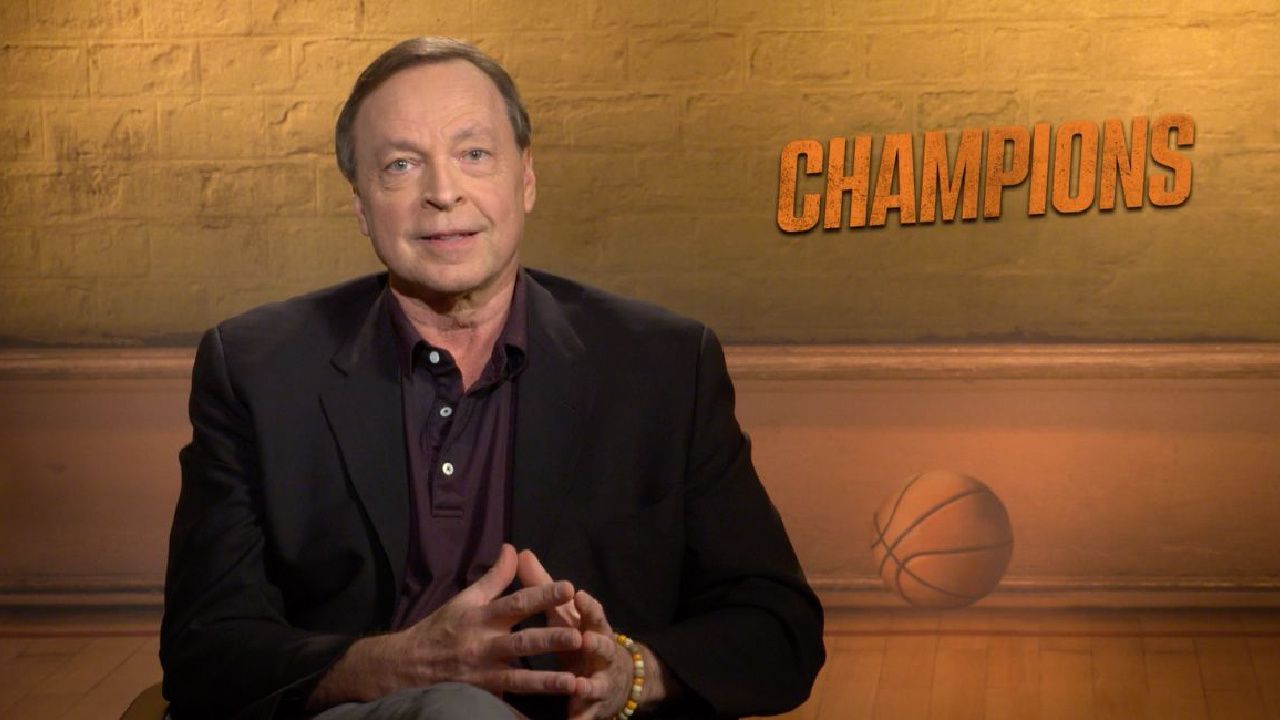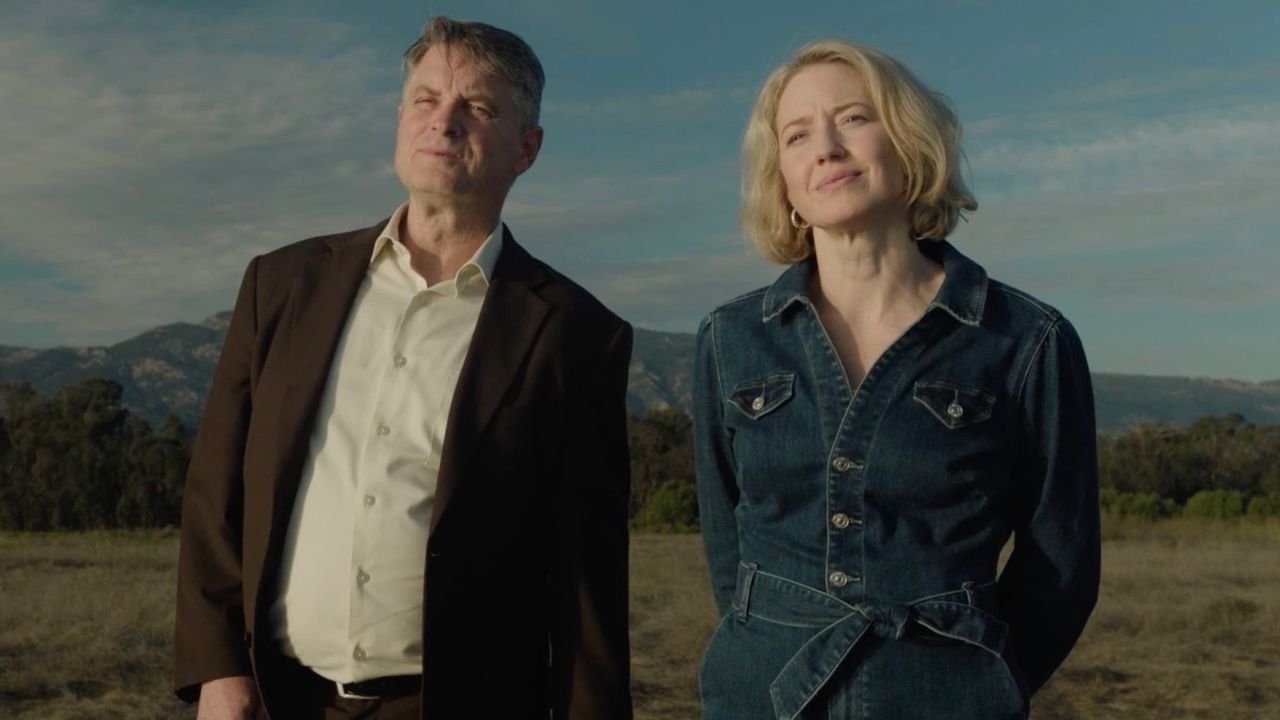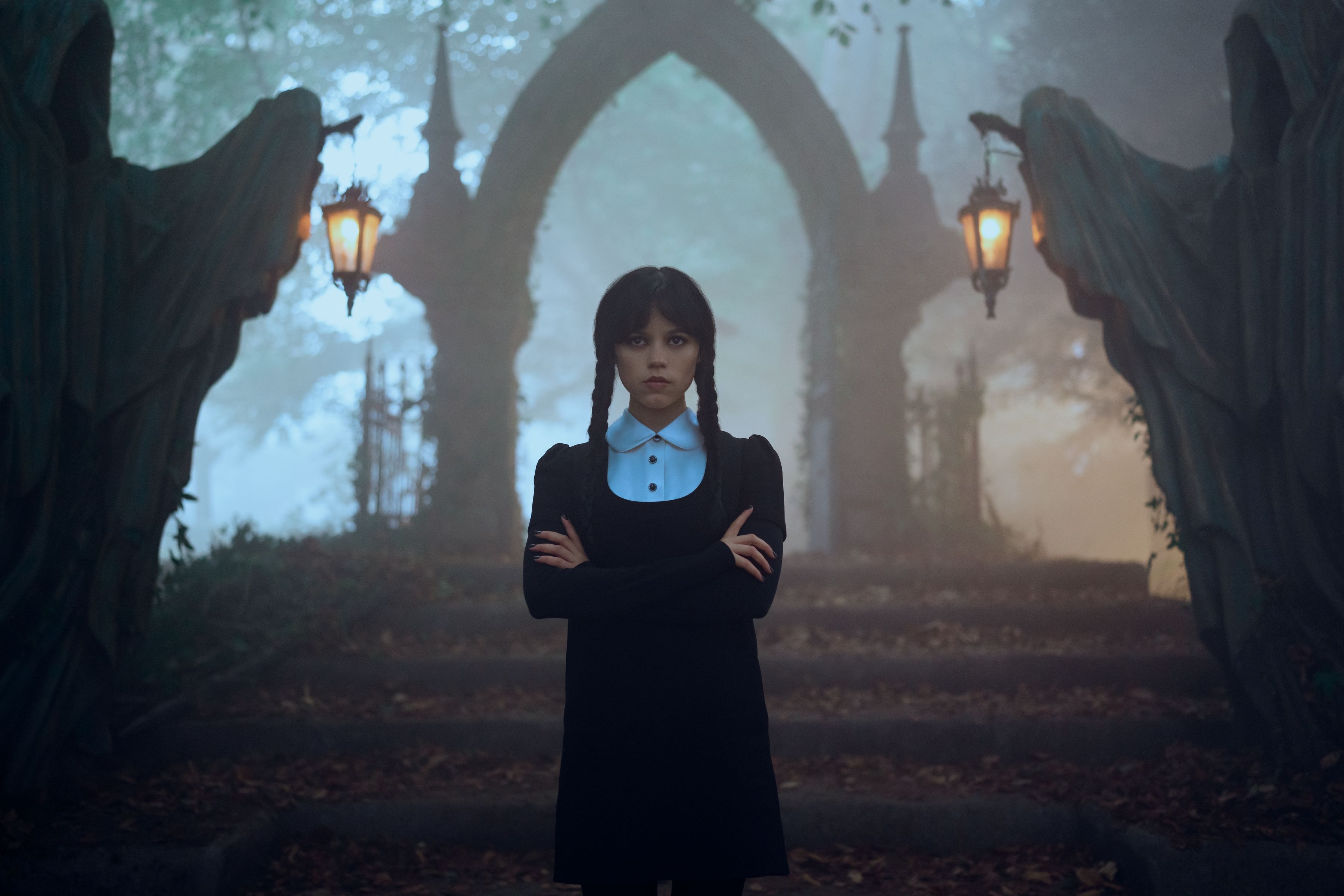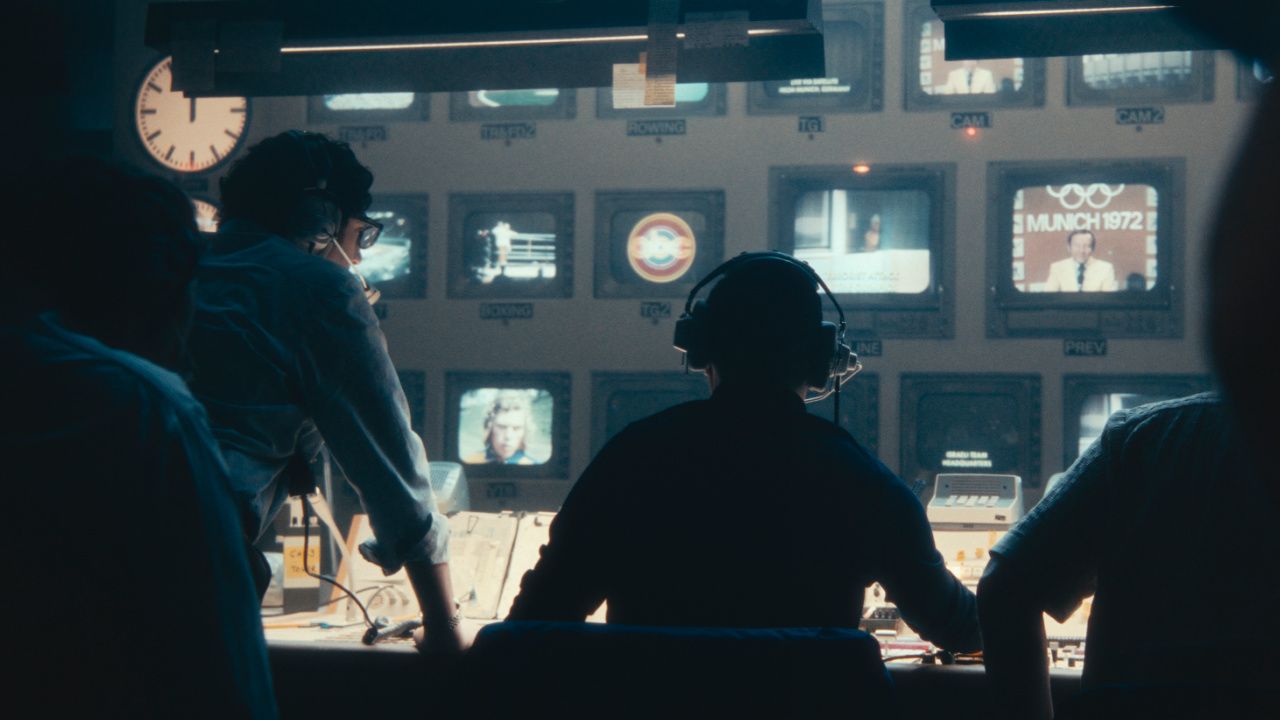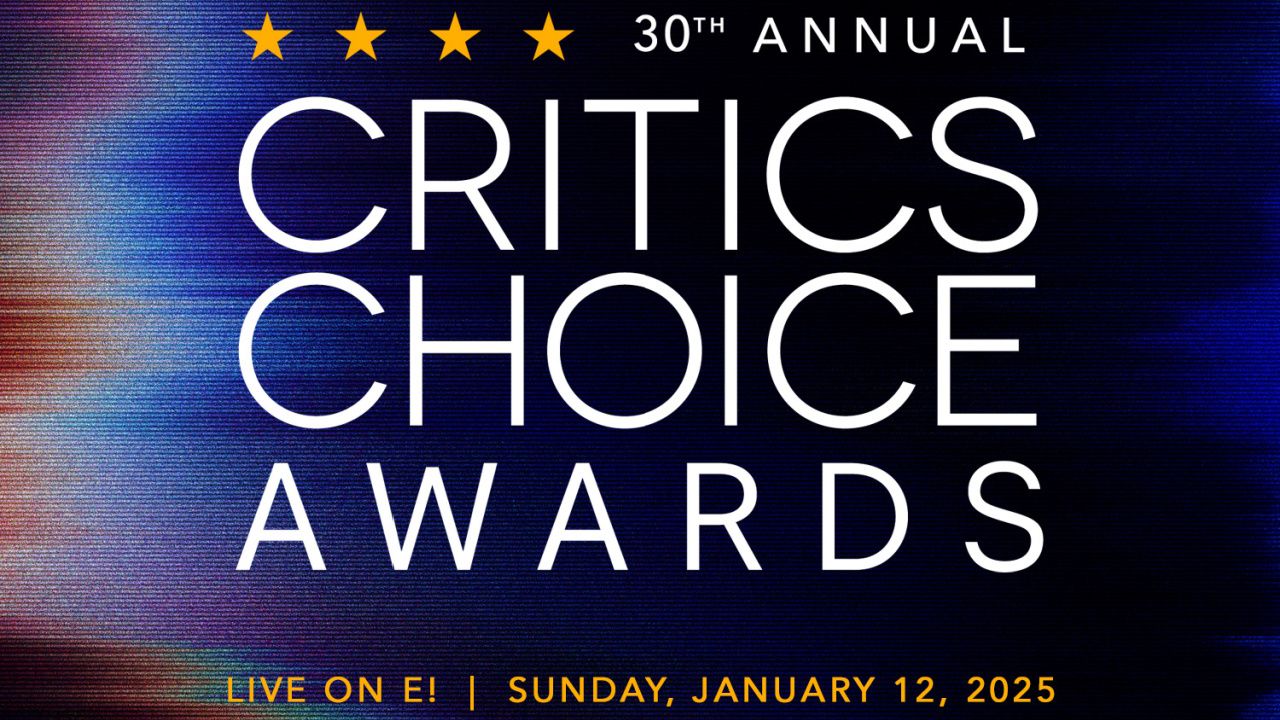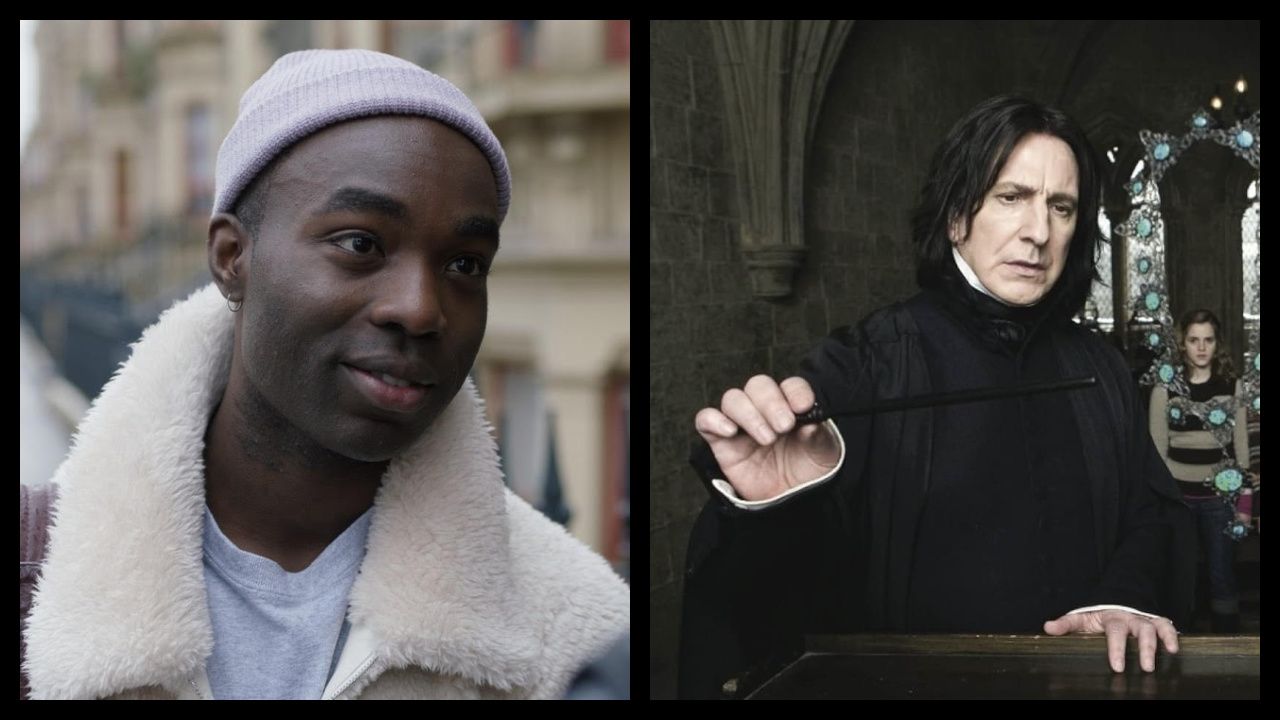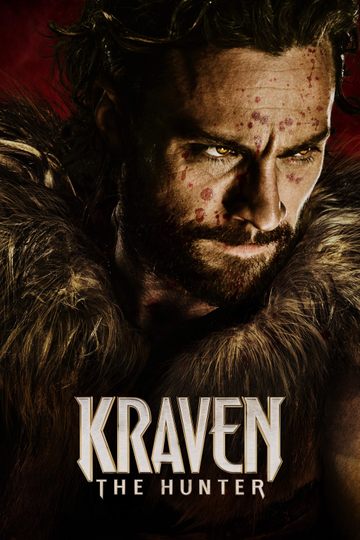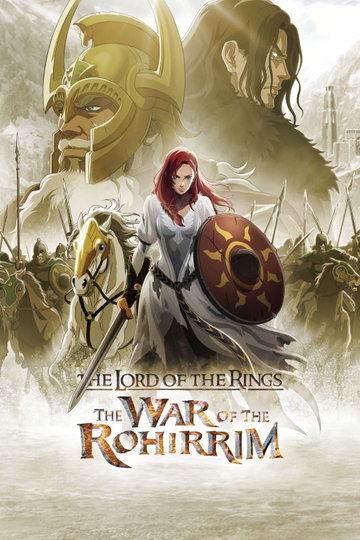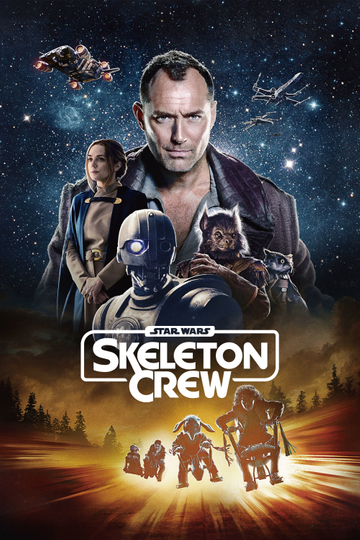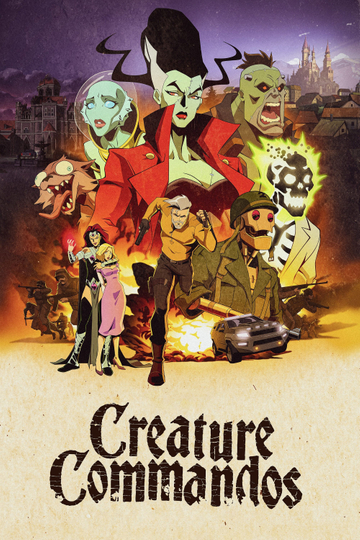Meet the Justice Society of America Icons Joining 'Legends of Tomorrow'
The Legends of Tomorrow are about to meet the greatest superheroes of Yesterday.
When The CW's super-team series "DC's Legends of Tomorrow" returns for its second season, the ragtag band of misfits are still figuring out the right way to go about their time-traveling superhero-ing, and their often ill-advised efforts are quickly going to stand in sharp contrast to the seemingly perfect adventuring of DC Comics' original team of superheroes, the Justice Society of America -- a wartime group of costumed crusaders that pre-dates even the Justice League.
Executive producer Arrow," actually wrote the JSA comic book -- sat down with Moviefone to reveal the series' motivation for folding in even-more-legendary group, and the logic behind the inclusion of the various members of its TV roster.
Moviefone: Let's talk first about some of the eras that you're going to visit, and especially how they might relate to DC lore.
Marc Guggenheim: Well, we're going to go back to the Old West and see Jonah Hex again. We are going to go to 1940s and meet the Justice Society of America. We are going to go to feudal Japan, and anyone who's watched "Arrow" knows that there's a connect-up with Japan and "Arrow."
Not every episode can or should connect up with DC lore. To me, approaching it that way is the cart dragging the horse for us. Let's start with the most organic story we can tell, the most fun story we can tell, and then look for ways to make those connections.
What intrigued you about bringing the Justice Society of America -- the team featuring the DC's 1940s-era heroes and their descendants and successors -- into the new season?
I think there's two things: one was the fanboy wish-fulfillment. I love the JSA -- I used to write the JSA in comic-book form. And then there was the storytelling potential, mainly in that we realized very early on that the JSA essentially were like this funhouse mirror to hold up to the Legends, to show how screwed up the Legends are by showing them a team that isn't screwed up at all. We just thought there would be a huge amount of fun to be had by watching the Legends interact with a superhero team that actually does it right.
Let's tick down the membership of the JSA on "Legends," and why you were excited to include them in the show.
I'll say just overall, [producers] Phil Klemmer, myself, Dan Evans, and Geoff Johns sat in a conference room with a list of all the JSA members -- as you know, there's a lot of them -- and we wanted to pick a mix that was diverse in gender, diverse in race, diverse in power sets, so that when you assembled that team, you wouldn't feel that it was all, "Oh, they're all the same kind of hero." We really wanted to mix it up.
So there's Vixen, there's Doctor Mid-Nite, there's Obsidian, there's Hourman, and there's Stargirl. Doctor Mid-Nite to me is one of the quintessential JSA members -- I didn't know how you do the JSA without Doctor Mid-Nite. I really, really wanted to do Stargirl because of that character's connection with Goeff [who created the comic-book character and based her personality on that of his late sister].
Vixen -- honestly, it really came about because Megalyn [Echikunwoke] didn't want to reprise the role on "Legends" as a series regular, but we had our heart set on doing Vixen. So it really came about out of necessity. In talking it out, we realized since we're already doing the JSA and there's again this generational component to the JSA, there's an opportunity here to introduce Vixen this way. I will say it's very convenient for us that Vixen gets her powers from a magical amulet that can be passed down from generation to generation. I would say if the powers were like more natural meta-human, it would be a little harder for us. So it worked out very, very, very well.
Obsidian, because I thought his powers are cool, the look would be cool -- I like the idea of, in terms of having as diverse a team as possible, I think Obsidian's probably, if not the most prominent gay character in the DC canon, he's in the top two or three. So that was very appealing.
Hourman we had already. Hourman came about because Geoff had suggested him at the end of Season 1 when I called him up and said, "Look, we need a hero to crash land in front of the Legends and say, don't get on that ship!" And he was the one who suggested Hourman and the JSA. That just opened up all these great possibilities for us. Oh, and Commander Steel. I forgot Commander Steel! Commander Steel is Nate Heywood's grandfather, so he's related to our new cast member, Nick Zano.
Tell me what you wanted to do with the generational aspect of Commander Steel.
Well, I think one of the fun things about JSA that makes the JSA the JSA is this idea of what they call "legacy characters." We were just very enamored with the idea of, "What's it like to have someone like Commander Steel to live up to?"
That's an interesting legacy and an interesting challenge for a character to have to deal with. It's like, "Wow -- my grandfather literally helped defeat the Nazis and was a superhero. How do I even come close to making my life matter as much?" So it felt a way to tell some really good character drama, but at the same time honor what makes the JSA a fun concept, which is they're not only the first superheroes, but the first line of superheroes.
You had to leave some classic JSA-ers, like the Jay Garrick Flash and the Alan Scott Green Lantern, off the table?
Yeah, because that becomes its own separate thing. I mean, yes, everyone would love to do, like, Jay Garrick, and we would love to do it, too. I think in Season 2, with time travel, to throw in parallel universes on top of it, that would be biting off ... not more than we could chew, but certainly biting off more than we should chew.
"DC's Legends of Tomorrow" Season 2 premieres Thursday, October 13th, on The CW.


